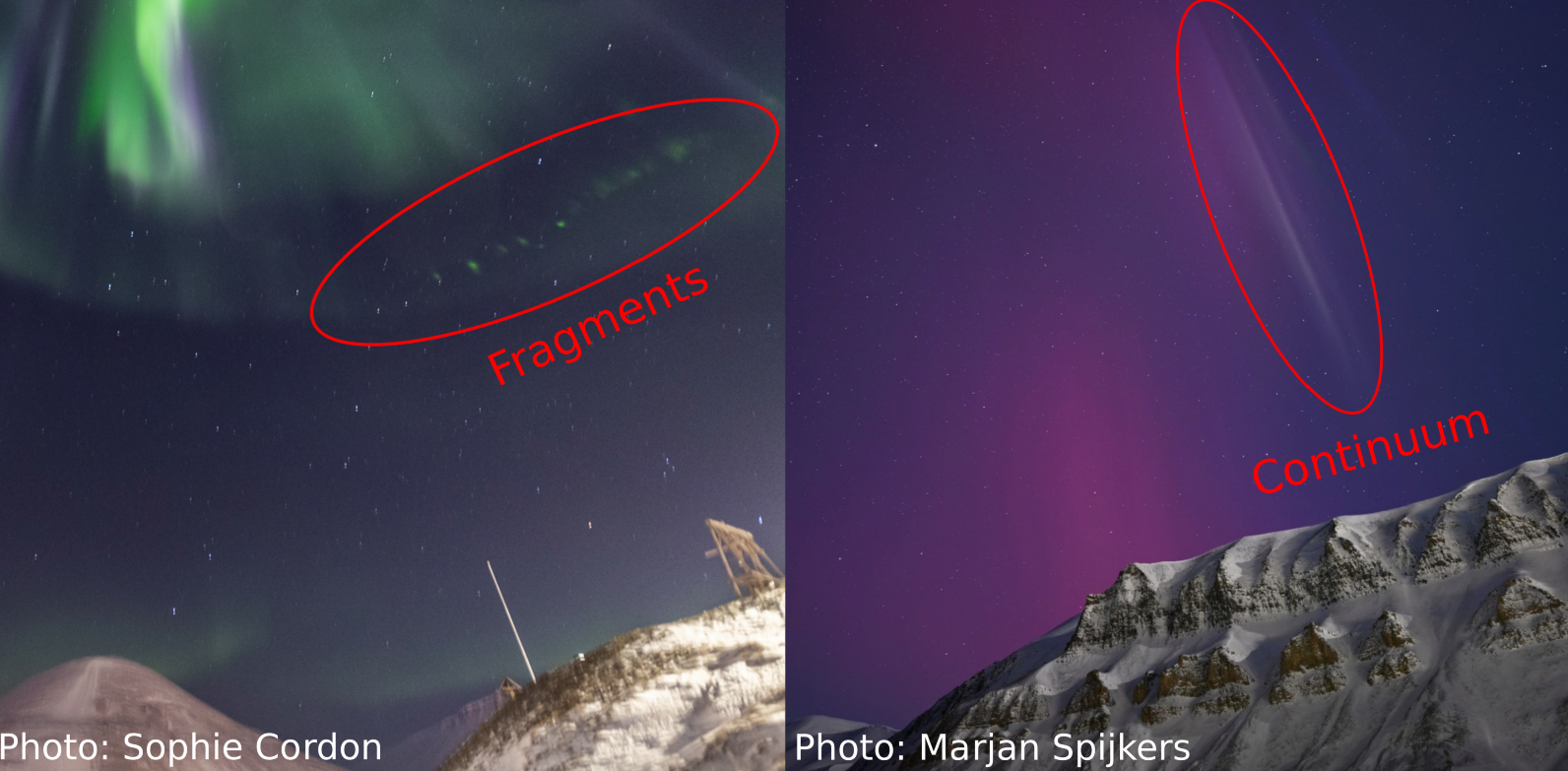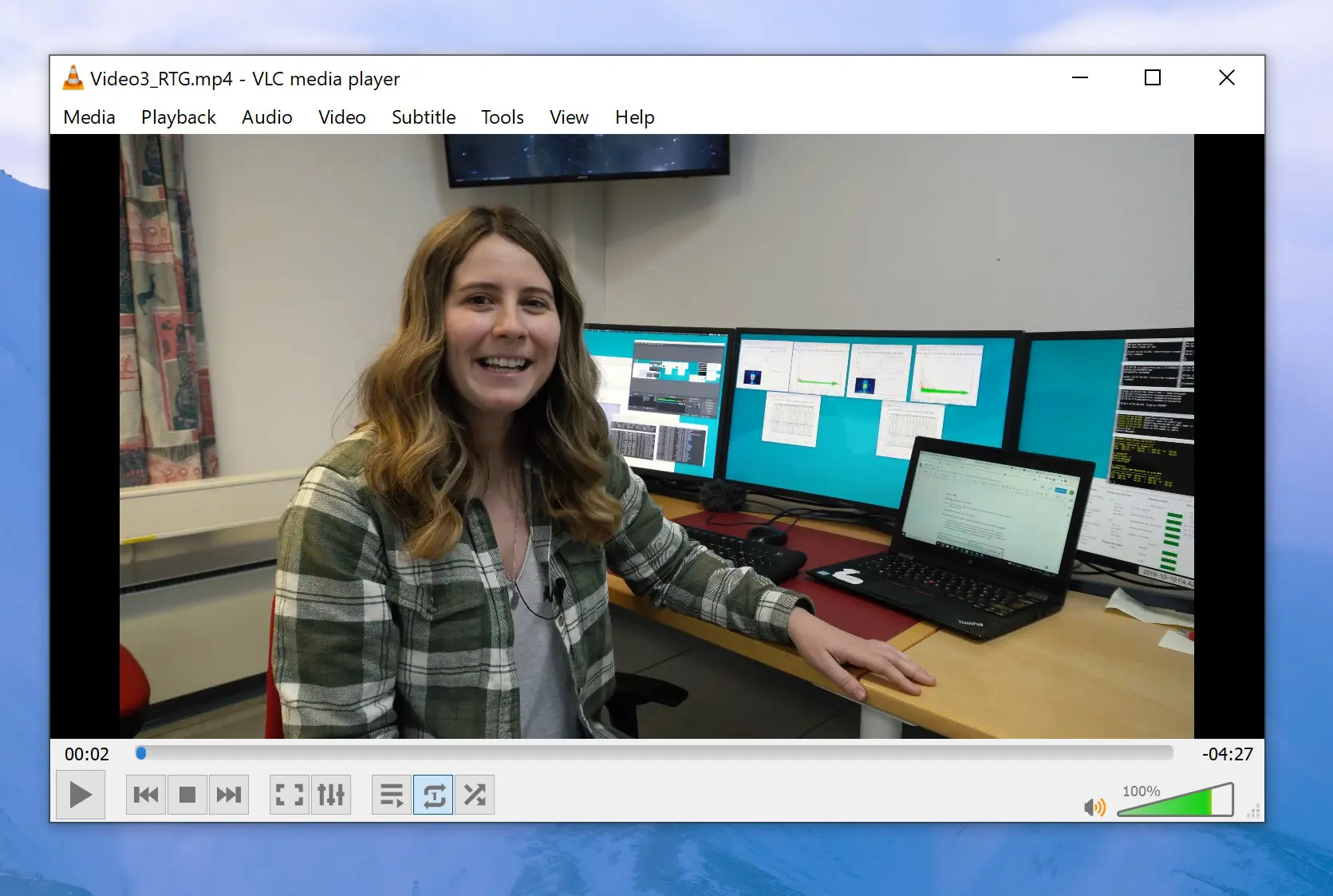Katie Herlingshaw
Researcher, Upper Atmospheric Physics
B 319

About Me
I am originally from Middlesbrough, England and I completed my master’s degree in physics with Astrophysics at the University of Leicester. I moved to Longyearbyen in 2016 where I fell in love with the nature and lifestyle on Svalbard. The close proximity to Space Physics infrastructure and the opportunity to observe the aurora that was central to my research enriched my research experience. At UNIS, I earned my PhD and completed a Postdoc in the Arctic Geophysics department, and I now work as a researcher. Outside of work, I enjoy snowmobiling, cabin trips, mushroom picking, and spending time with my dog.
Research Interests
My primary research area is Space Physics. During my PhD, I used the SuperDARN radars to study fast-flowing, narrow channels in the ionosphere. My research has since evolved to focus on optical phenomena. I am particularly intrigued by light emissions that resemble aurora but are caused by different mechanisms. This includes fragmented aurora-like emissions (fragments) and off-white continuous emissions composed of multiple colours. My goal is to uncover the origins of these features and understand their relationship to traditional auroras.
For more information on my research, view my publication list:
Teaching Experience
I enjoy teaching both university students and the public. I have led numerous fieldwork sessions at the EISCAT Svalbard Radar and the Kjell Henriksen Observatory. My teaching approach involves innovative, interactive methods such as space physics escape rooms and rocket launch challenges. I have also contributed to developing instructional videos for fieldwork preparation and creating certification schemes to recognize students’ achievements.
For more information on my teaching experience and beliefs, visit my online teaching portfolio:
Funding
I am the project leader on an 8 million NOK Young Research Talents grant from The Research Council of Norway on a project titled ‘Aurora-like fragments: from fascinating discovery to understanding’, which will run from 2024-2028. It involves delving deeper into the research on fragments and other aurora-like phenomena using optics and both the existing and new EISCAT radars. Additionally, I am supervising a PhD student in this research area, supported by the grant and UNIS.

Citizen Science
I’ve had the privilege of collaborating with aurora photographers to study aurora-like phenomena. As a member of the Auroral Research Coordination: Towards Internationalised Citizen Science (ARCTICS) team at the International Space Science Institute, I’ve seen the tremendous value of partnerships between scientists and the public. With the Sun’s 11-year activity cycle peaking in 2024 and widespread access to smartphones and interest in aurora photography, I am excited to work with citizen scientists to investigate aurora-like features.
Read more about citizen science on my blog and find details on the ARCTICS project here.



